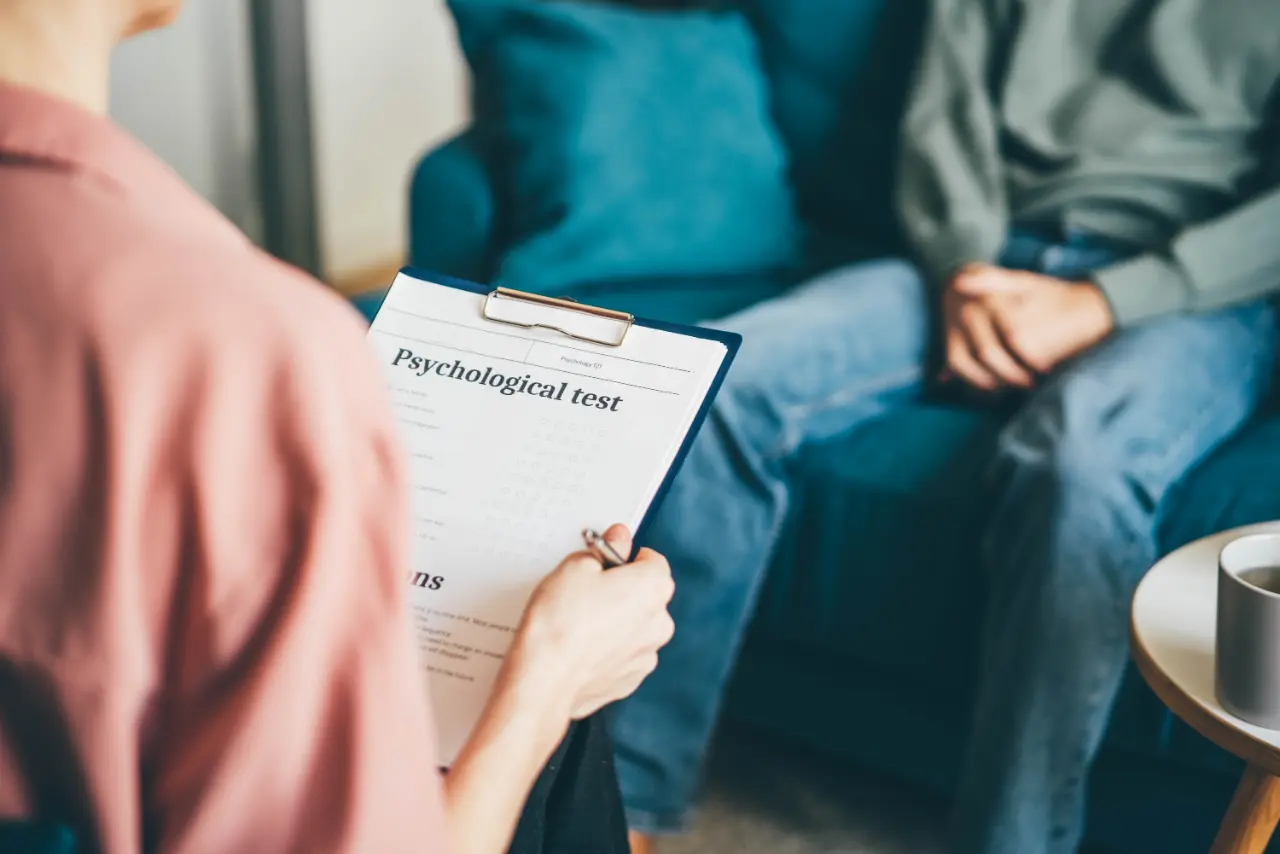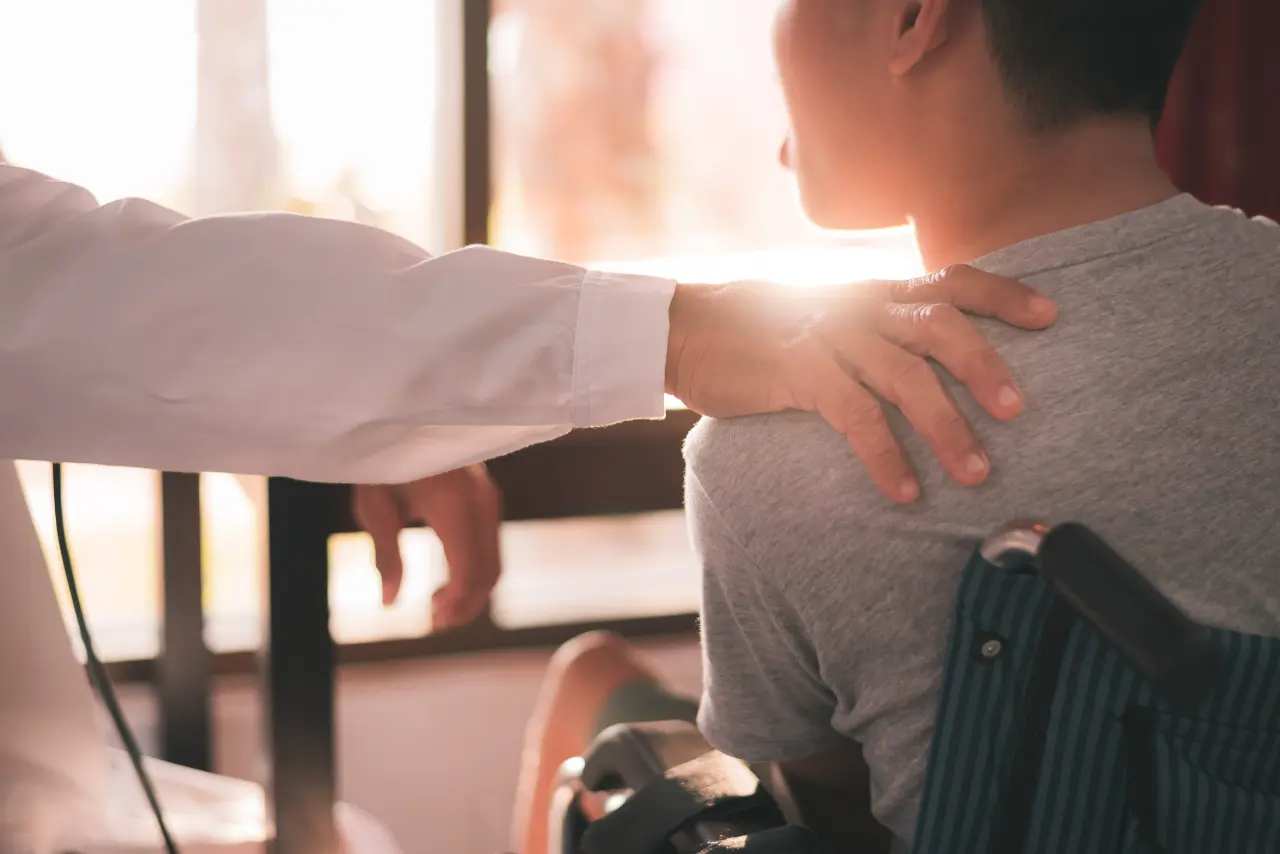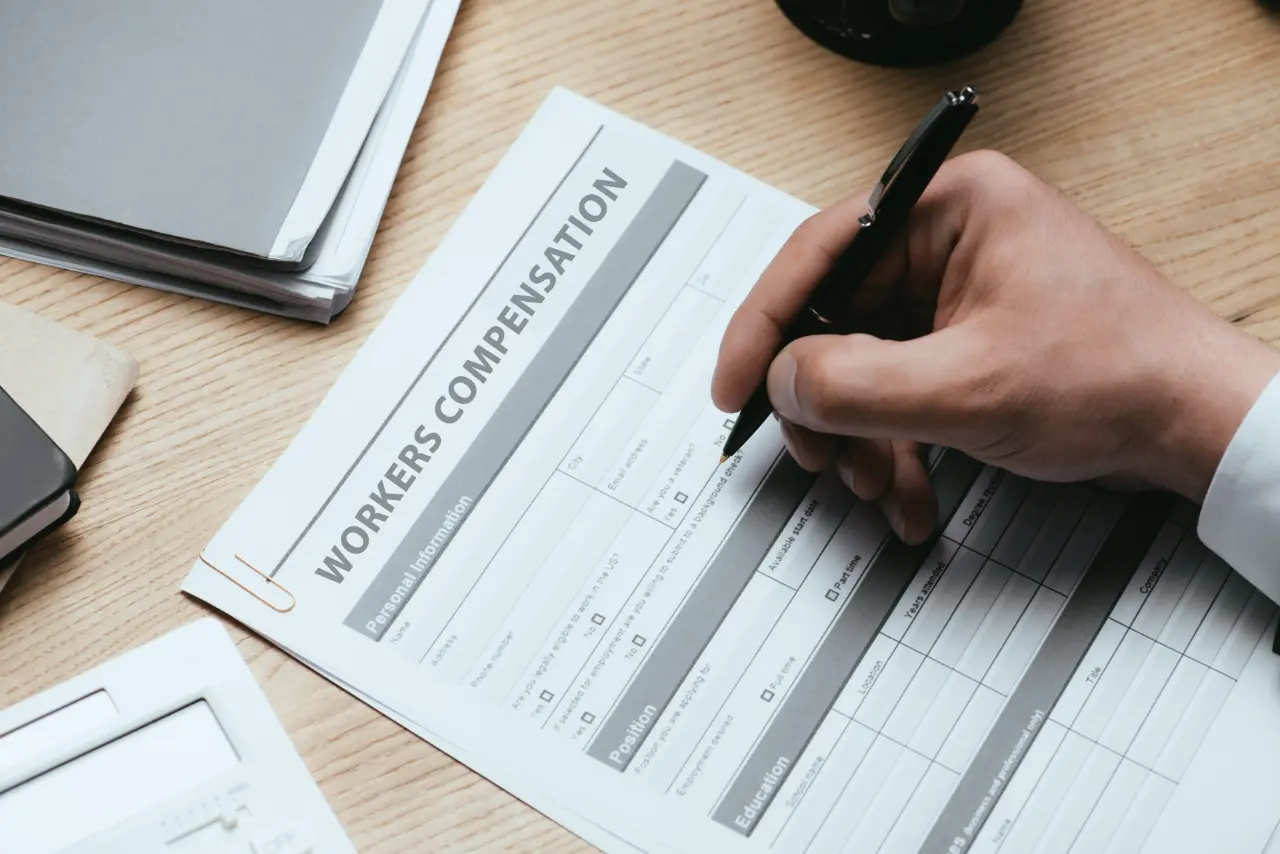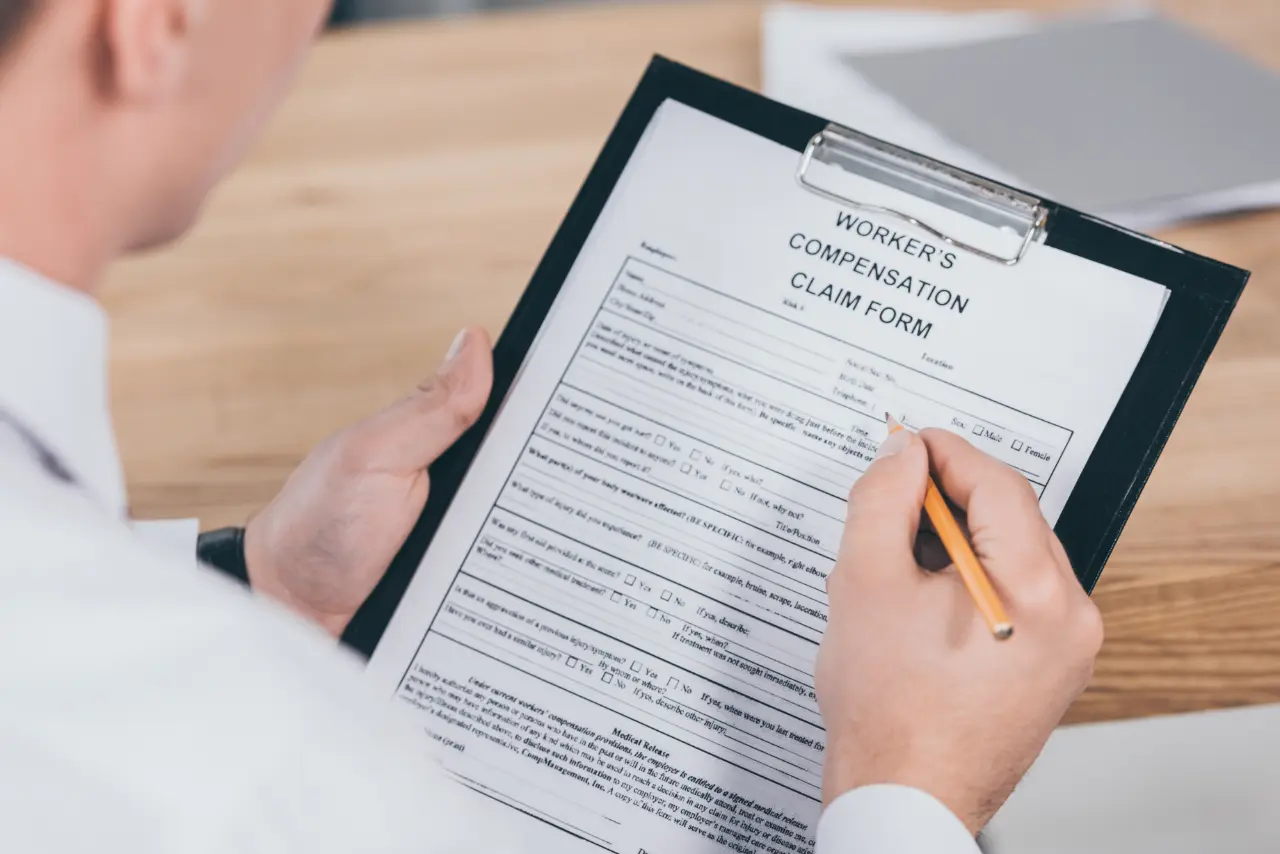We will explore their role in personal injury cases, how they are conducted, and their impact on legal outcomes.
Whether you're a plaintiff in a personal injury suit, a legal representative, or a mental health professional, this article is for you.
Whether you're a victim, a legal professional, or simply interested in the intersection of psychology and law, this article offers valuable insights.
By the end of this article, you will have a clearer understanding of immigration psychological evaluations. You will be better equipped to navigate this crucial aspect of the immigration process.
Navigating the aftermath of a personal injury can be a daunting task. The road to recovery often involves more than just physical healing.
It's not just for the injured workers, but also for employers, insurers, and legal professionals.
Whether you're an immigration attorney, a mental health professional, or someone undergoing immigration processes, this article is for you.
By the end of this article, you'll have a comprehensive understanding of workers' compensation psychological evaluations.
This article will explore how psychological assessments support personal injury cases and the benefits they bring.
This article delves into the world of psychological services connection. It explores how these services foster vital links between individuals and mental health professionals.
We'll delve into the core benefits of EMDR therapy, backed by research and real-world applications. We'll also explore how EMDR works and its unique eight-phase process.
We'll delve into the signs of trauma in children, the importance of early intervention, and various therapeutic methods.
PTSD
Post-traumatic Stress Disorder, commonly known as PTSD, is a mental health condition that can affect anyone. It’s not limited to soldiers returning from war, as many tend to believe.
PTSD can be triggered by various traumatic events. These can range from natural disasters to personal assaults. The impact of these events can leave a lasting imprint on an individual’s mental health.
The symptoms of PTSD can be debilitating. They can interfere with daily life, relationships, and even physical health. However, it’s important to remember that help is available.
This article aims to shed light on PTSD. We’ll explore its causes, symptoms, and the various treatment options available. We’ll also delve into the importance of support in managing this condition.
Whether you’re a PTSD sufferer, a caregiver, or simply seeking to understand this condition better, this guide is for you. Let’s break down the walls of misunderstanding and stigma surrounding PTSD together.
Understanding PTSD: Definition and Impact
Post-traumatic Stress Disorder (PTSD) is a mental health condition triggered by experiencing or witnessing a terrifying event. It’s classified under anxiety disorders and can cause severe emotional and physical distress.
The impact of PTSD extends beyond the individual sufferer. It affects families, relationships, and communities. It’s a global issue, with millions of people worldwide living with this condition. Understanding PTSD is the first step towards providing effective support and treatment.
Causes and Triggers of PTSD
PTSD can be caused by any traumatic event that an individual finds deeply threatening or disturbing. These events can range from natural disasters, serious accidents, to personal assaults.
It’s important to note that not everyone who experiences a traumatic event will develop PTSD. Factors such as the individual’s mental health history, the intensity of the trauma, and their support system play a role.
Common triggers of PTSD can include:
- Reminders of the traumatic event
- Certain sights, sounds, or smells
- Stressful situations
- Certain times of the year or anniversaries of the event
Recognizing PTSD Symptoms
PTSD symptoms can vary greatly among individuals. However, they generally fall into four main categories: intrusive memories, avoidance, negative changes in thinking and mood, and changes in physical and emotional reactions.
Intrusive memories can include flashbacks and nightmares about the traumatic event. These can be so vivid that individuals feel like they’re reliving the traumatic experience.
Avoidance symptoms involve steering clear of reminders of the traumatic event. This can include places, people, or activities that bring back memories of the trauma.
Negative changes in thinking and mood can manifest as feelings of hopelessness, negative thoughts about oneself or the world, and difficulty maintaining close relationships.
Changes in physical and emotional reactions, also known as arousal symptoms, can include being easily startled or frightened, self-destructive behavior, and trouble sleeping or concentrating.
It’s crucial to seek help if you or someone you know is experiencing these symptoms. Early intervention can greatly improve outcomes.
PTSD Across Different Populations
PTSD can affect anyone, regardless of age, gender, or background. However, certain populations may be more at risk due to increased exposure to traumatic events.
For instance, military personnel and first responders often face high-stress situations. This can increase their risk of developing PTSD. Similarly, survivors of physical or sexual assault, accidents, or natural disasters may also be more susceptible.
It’s important to note that personal history and genetics can also play a role in PTSD risk. Individuals with a family history of mental health disorders or who have experienced previous traumatic events may be more prone to developing PTSD.
Diagnosis: The First Step to Recovery
Diagnosing PTSD is a crucial step towards recovery. It involves a comprehensive evaluation by a mental health professional. This typically includes a detailed discussion about the traumatic event and the individual’s response to it.
The diagnosis is based on specific criteria outlined in the Diagnostic and Statistical Manual of Mental Disorders (DSM-5). These criteria include exposure to a traumatic event, presence of specific symptoms, and significant distress or impairment in daily functioning.
Early diagnosis and intervention can significantly improve the prognosis for PTSD. It allows for timely treatment, which can prevent the condition from becoming chronic and debilitating.
Treatment Options for PTSD
There are several effective treatment options for PTSD. These are typically tailored to the individual’s needs and may include a combination of therapies.
Psychotherapy, also known as talk therapy, is a common treatment for PTSD. Cognitive-behavioral therapy (CBT) and exposure therapy are two types of psychotherapy often used. CBT helps individuals understand and change thought patterns that lead to harmful behaviors or emotions, while exposure therapy helps them confront and gradually cope with the trauma they experienced.
Medication can also be an effective part of PTSD treatment. Selective serotonin reuptake inhibitors (SSRIs) and serotonin and norepinephrine reuptake inhibitors (SNRIs) are types of antidepressants that are commonly used.
Eye Movement Desensitization and Reprocessing (EMDR) is another treatment option. This therapy helps change the way the brain processes memories of the traumatic event.
Alternative therapies, such as yoga, acupuncture, and art therapy, can also complement traditional treatments. These can help individuals manage symptoms and improve their overall well-being.
The Role of Support in Managing PTSD
Support plays a crucial role in managing PTSD. This can come from various sources, including family, friends, support groups, and mental health professionals.
- Family and friends can provide emotional support and understanding. They can also help in recognizing symptoms and encouraging treatment.
- Support groups offer a safe space to share experiences and coping strategies. They can also reduce feelings of isolation.
- Mental health professionals can provide guidance, therapy, and medication management.
Remember, it’s important to reach out for support. You don’t have to face PTSD alone.
Coping Strategies and Lifestyle Changes
Coping with PTSD involves more than just professional treatment. It also requires lifestyle changes and self-care strategies.
- Regular physical activity can help reduce symptoms of PTSD. It can also improve mood and sleep quality.
- Mindfulness and relaxation techniques can help manage stress and anxiety. They can also improve focus and emotional well-being.
- Setting boundaries and practicing self-care are also crucial. This can involve saying no to overwhelming tasks, taking time for relaxation, and maintaining a healthy diet.
Remember, everyone is different. What works for one person may not work for another. It’s important to find what works best for you.
Overcoming Stigma: The Importance of PTSD Awareness
Stigma and misconceptions about PTSD can often hinder recovery. They can prevent individuals from seeking help and receiving the support they need.
Raising awareness about PTSD is crucial. It helps dispel myths, promotes understanding, and encourages those affected to seek help.
Resources and Finding PTSD Support
Finding the right resources and support is a vital part of managing PTSD. It can make the journey to recovery less daunting and more manageable.
There are numerous resources available for those affected by PTSD. These include hotlines, websites, and local services that offer help and support.
- National PTSD Hotline: 1-800-273-8255
- PTSD United: www.ptsdunited.org
- National Center for PTSD: www.ptsd.va.gov
Remember, you are not alone. Reach out, seek help, and take the first step towards recovery.











